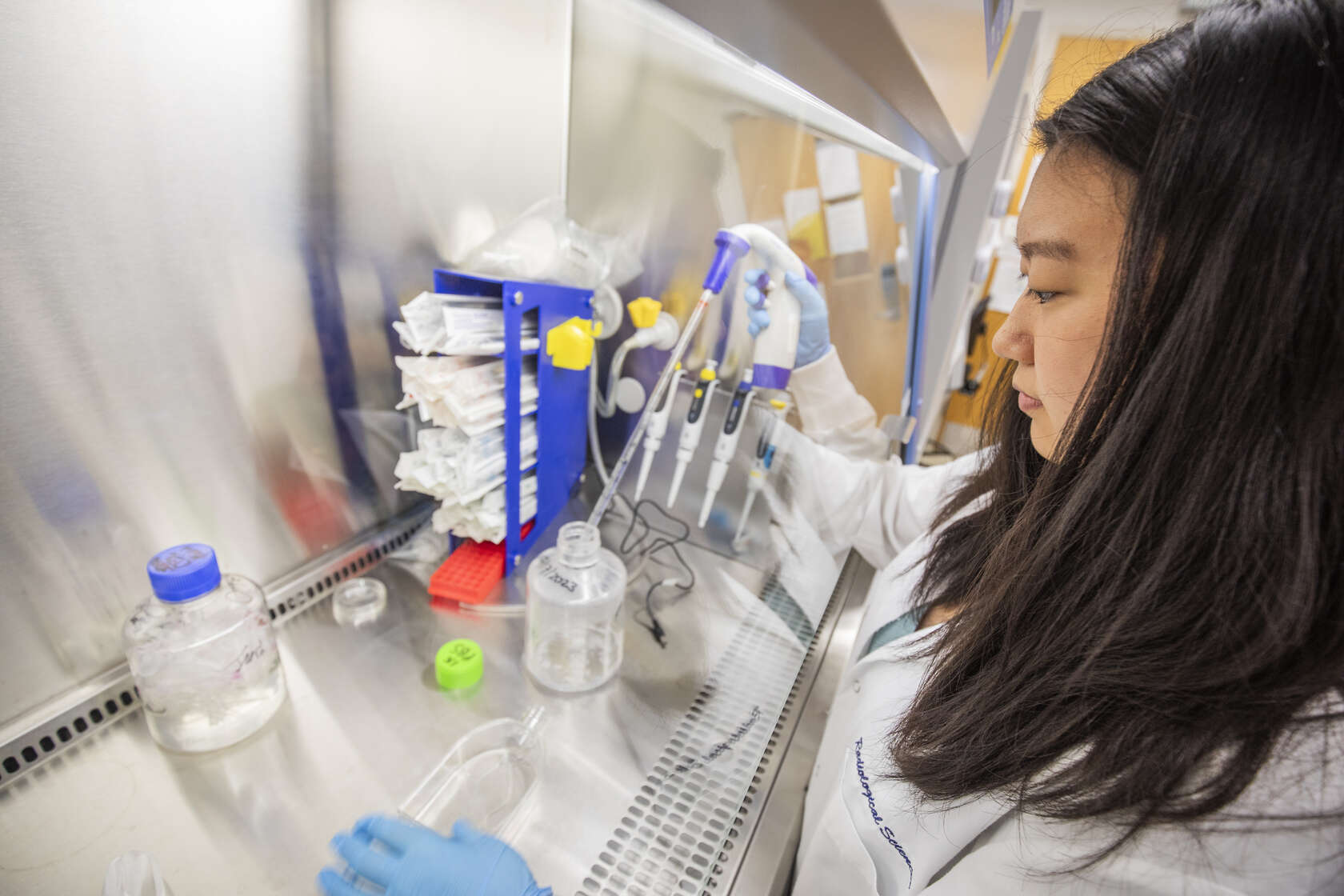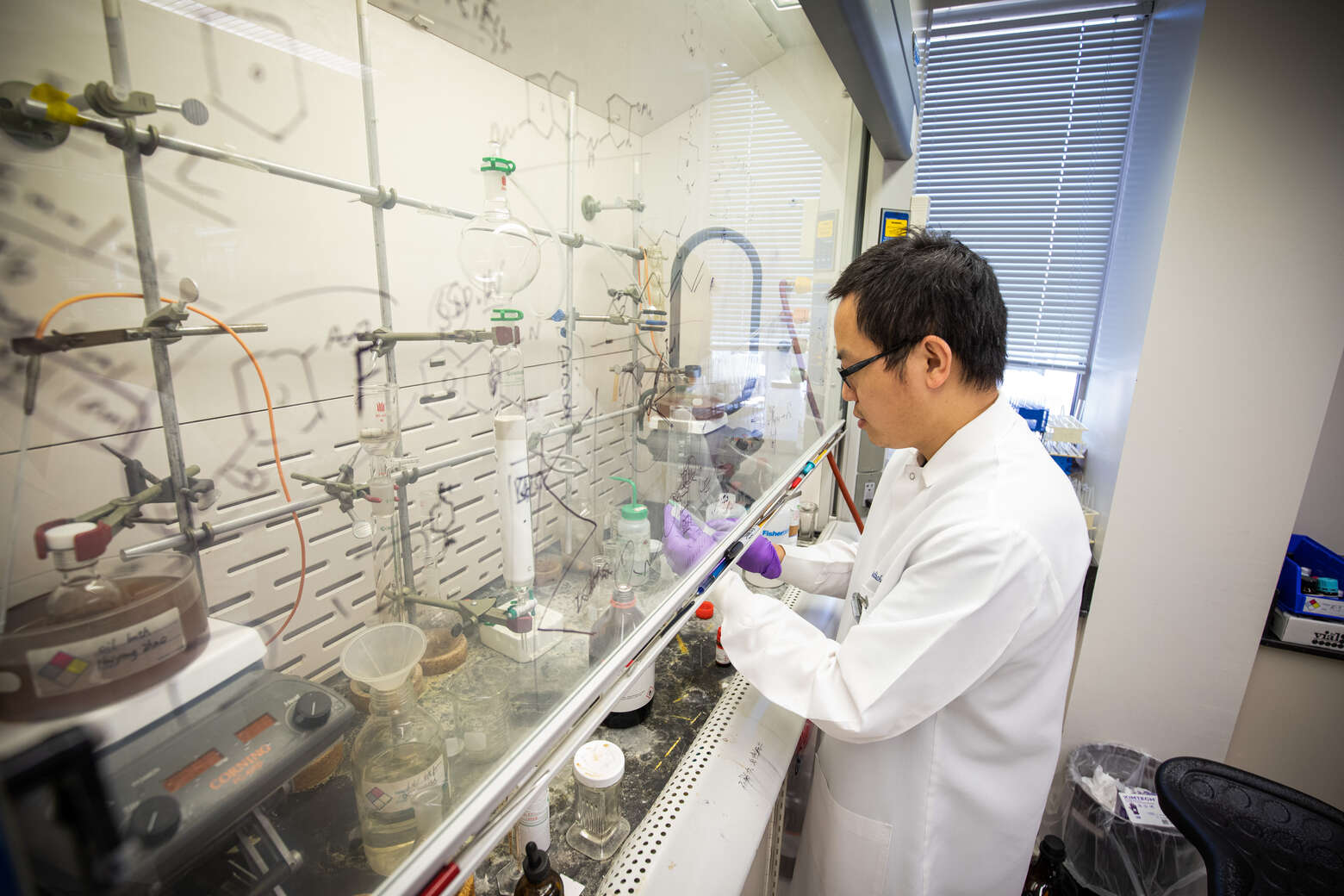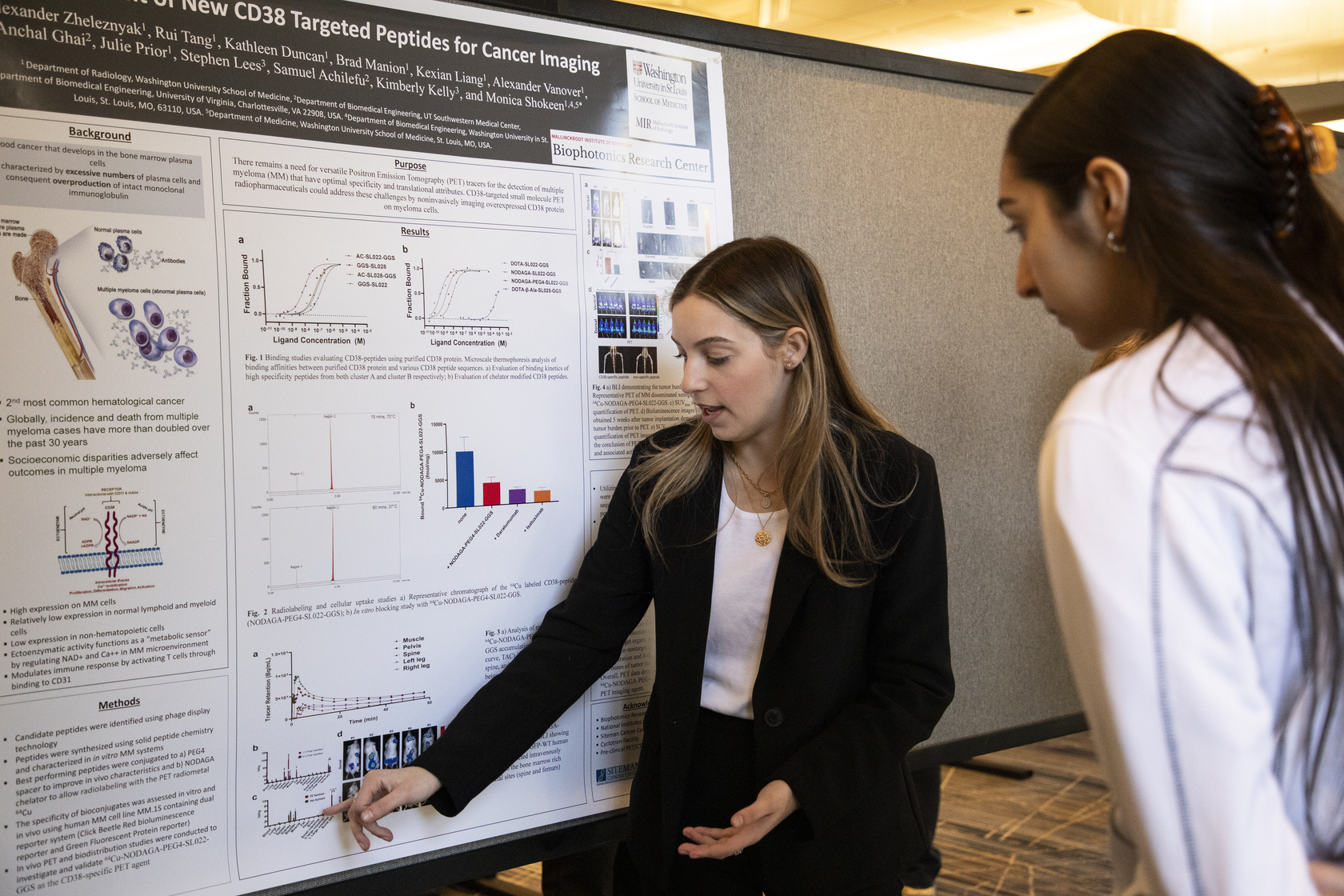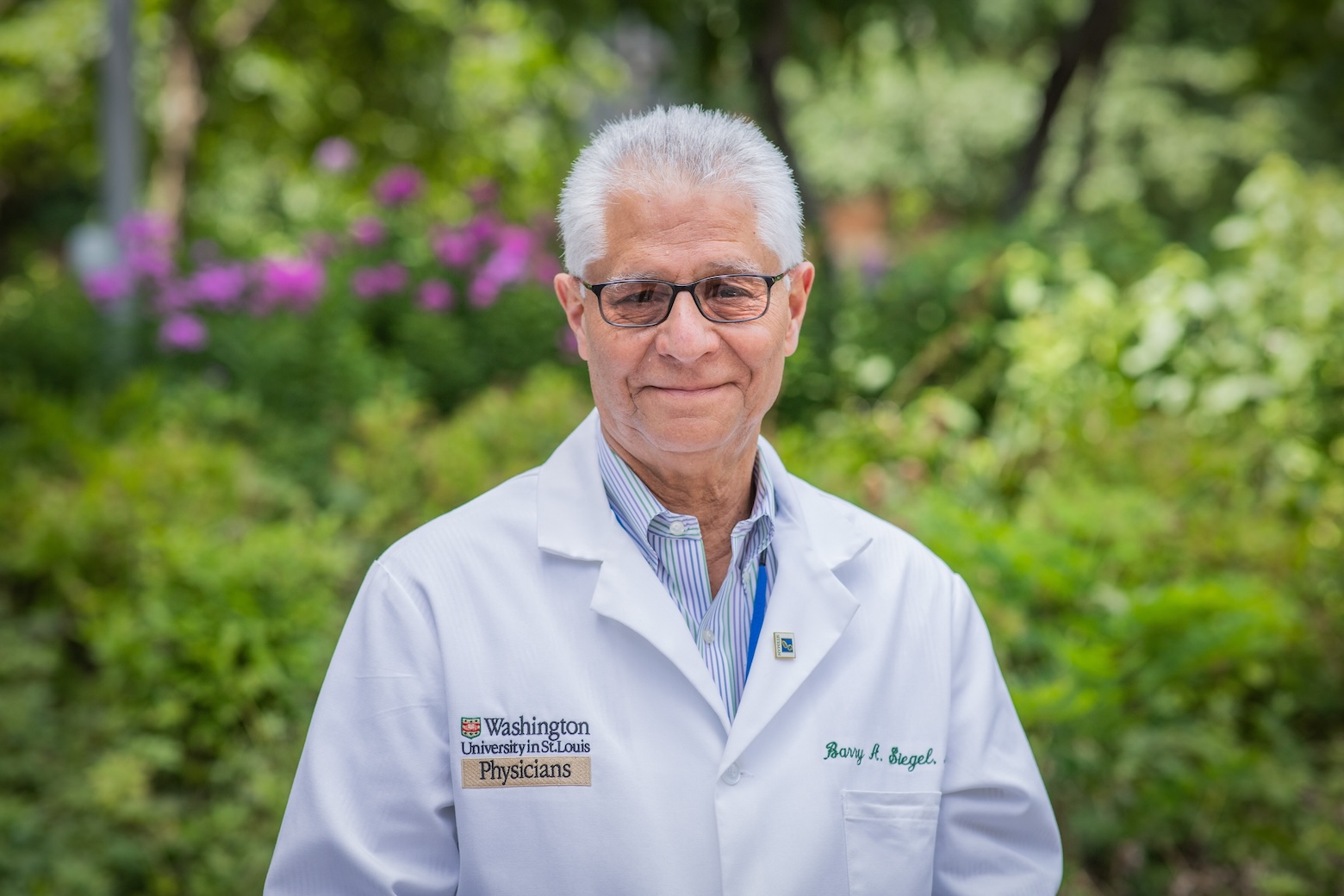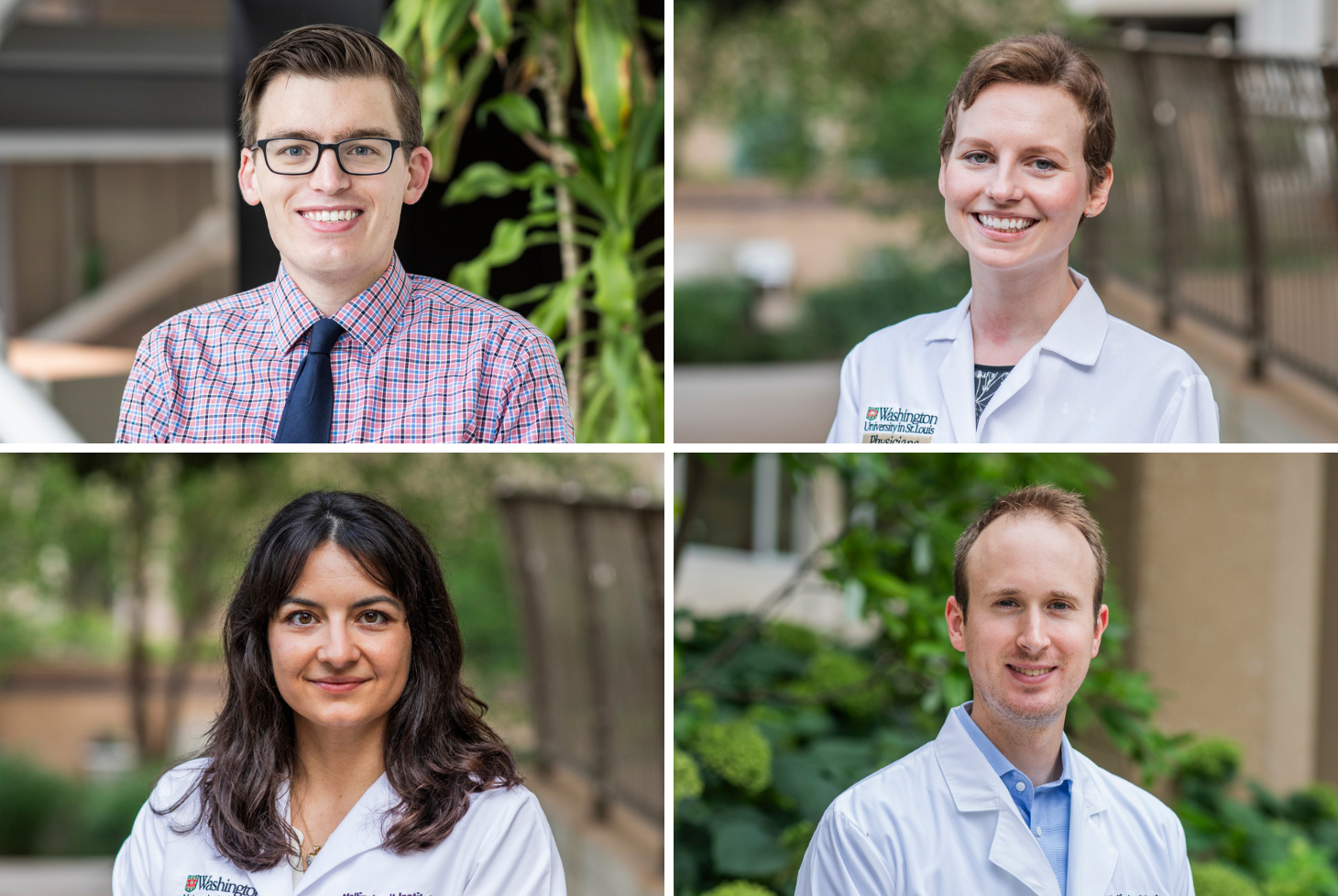Gastounioti, Ribeiro Pereira Awarded Siteman Investment Program Cancer Research Grants
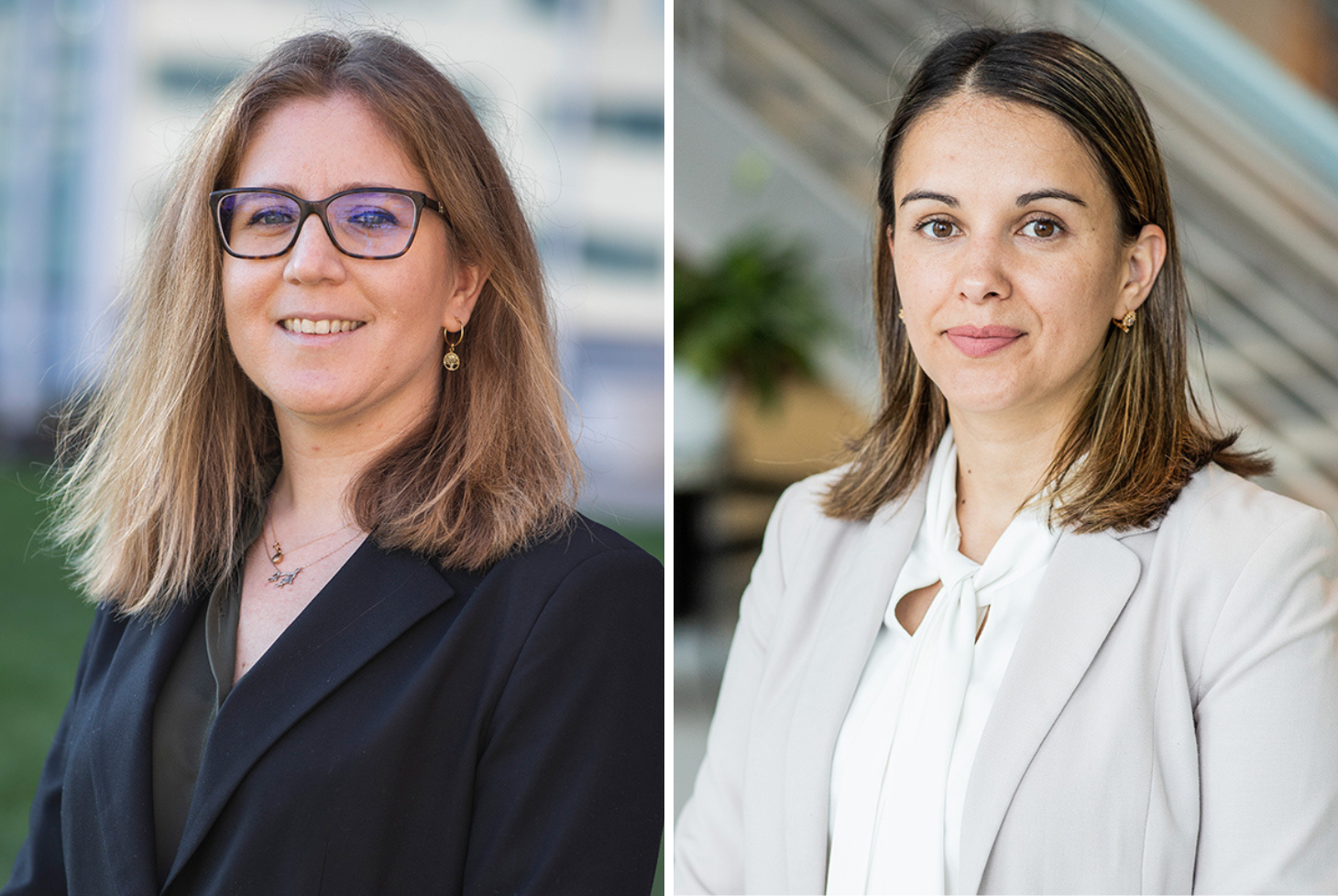
Two faculty members at Mallinckrodt Institute of Radiology (MIR) received a portion of $1.4 million in new grants announced by Siteman Cancer Center at Barnes-Jewish Hospital and Washington University School of Medicine in St. Louis to fund their cancer research projects.
Aimilia Gastounioti, PhD, assistant professor of radiology, will study whether a woman’s risk of developing breast cancer can be predicted by using computers to evaluate changes in their mammograms over time in her project “Advancing Breast Cancer Risk Assessment among White and Black Women Using Artificial Intelligence and Sequential Mammograms.”
Her lab, part of MIR’s Computational Imaging Research Center, will retrospectively analyze mammograms of both white and Black women to develop a computer program that will give a more accurate estimate of an individual’s risk of breast cancer, regardless of race. Her goal is to discover novel imaging phenotypes of breast cancer risk from mammography and bring effective personalized breast cancer risk models to more racially diverse screening populations, ultimately improving screening mammograms and lowering the risk of dying from breast cancer.
Patrícia M. Ribeiro Pereira, PhD, assistant professor of radiology, aims to enhance the efficacy of gastric tumor immunotherapy treatments by using molecular imaging techniques to investigate cancer cell surface protein mechanism regulation in her project “The Role of Caveolin-1 in Gastric Cancer Response to Immunotherapy.”
Ribeiro Pereira’s lab, part of the Precision Radiotheranostics Translation Center, will use imaging methodologies to discover the membrane trafficking mechanisms of PD-L1 — an important membrane protein that prevents immune cells from destroying cancer cells — and determine whether PD-L1 trafficking can be modulated to enhance the efficacy of antibody drugs targeting PD-L1 in gastric cancers. These approaches will enhance antibody therapies targeting cell-surface receptors and increase the number of patients that benefit from them.

